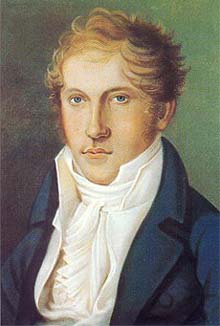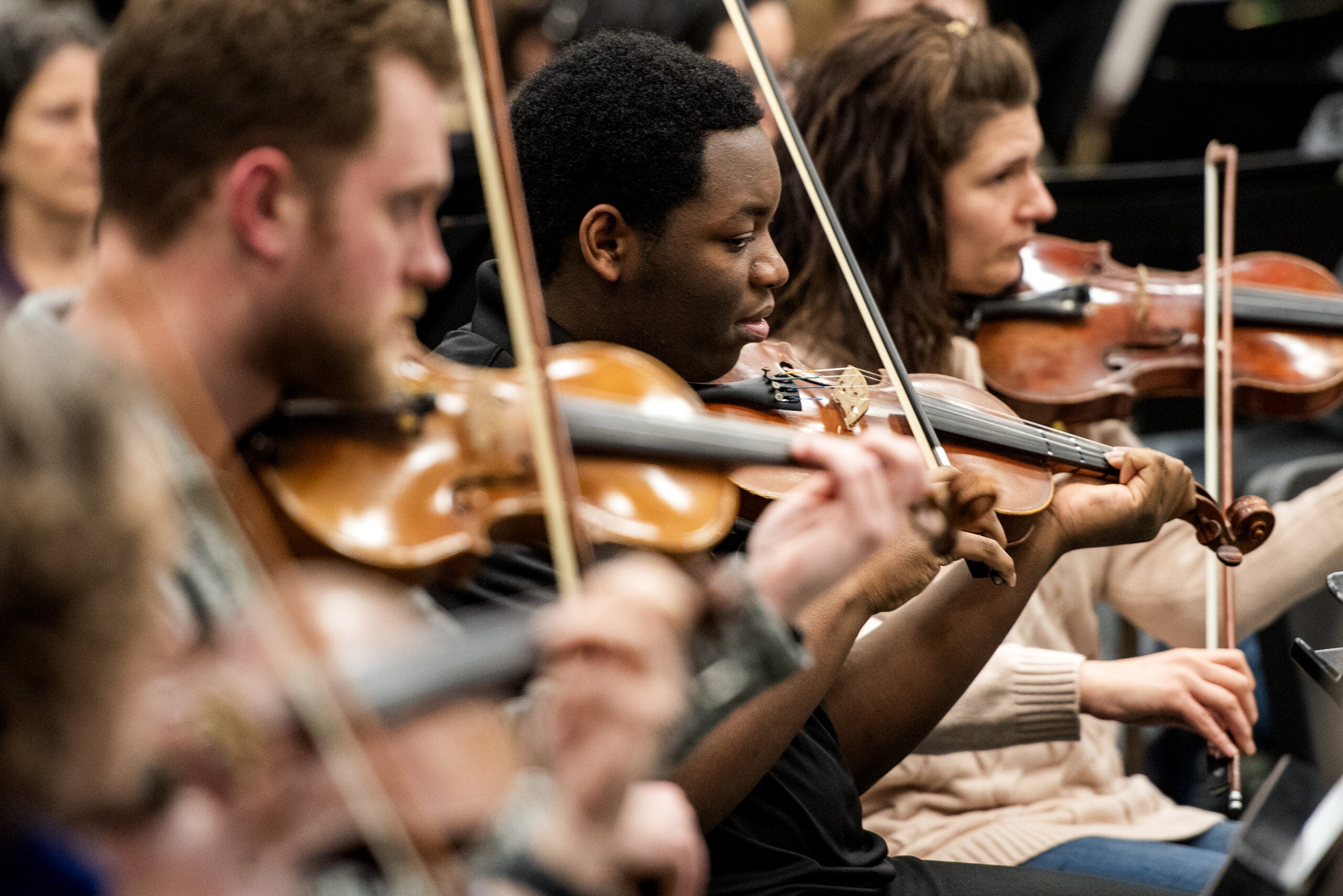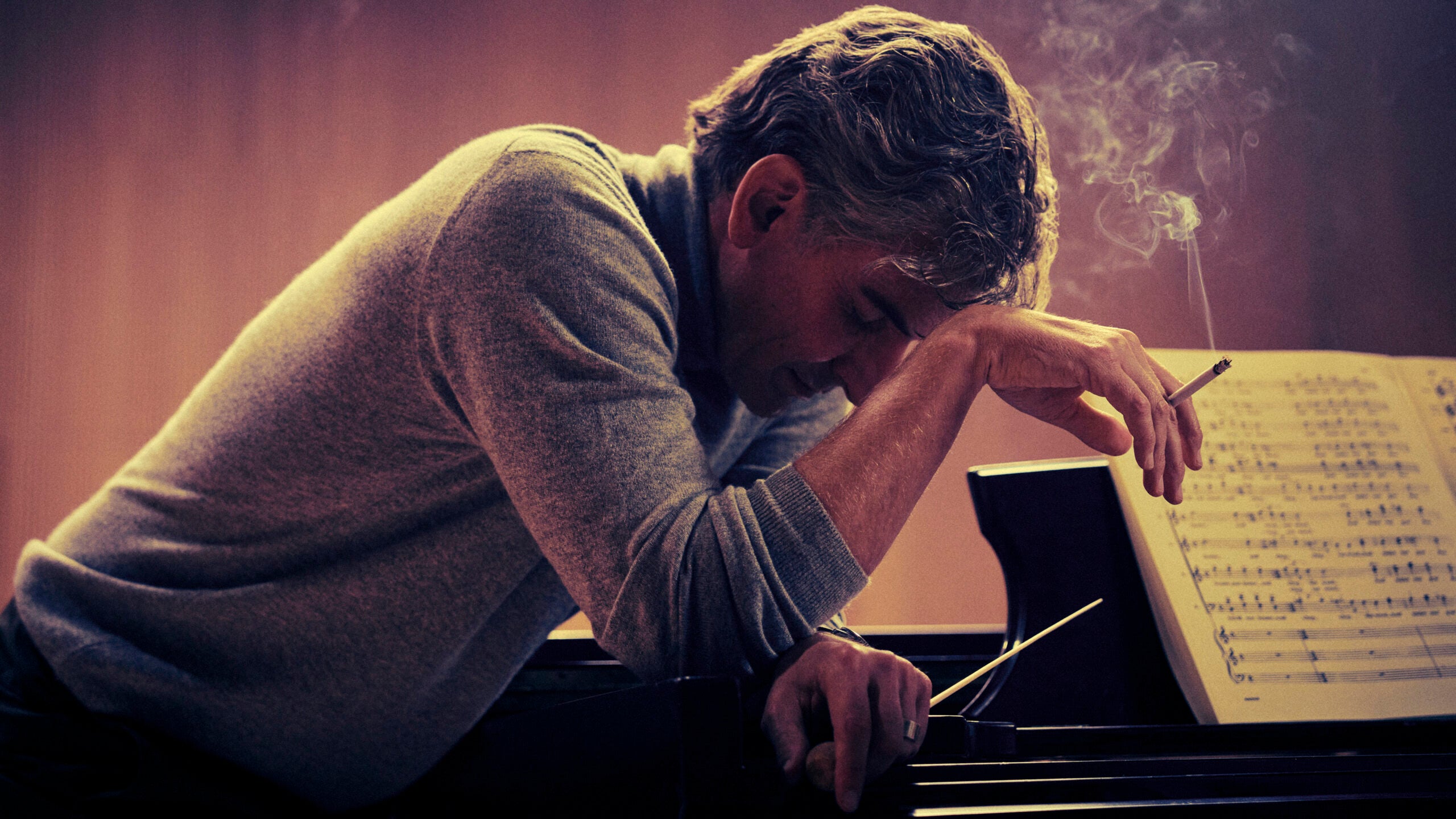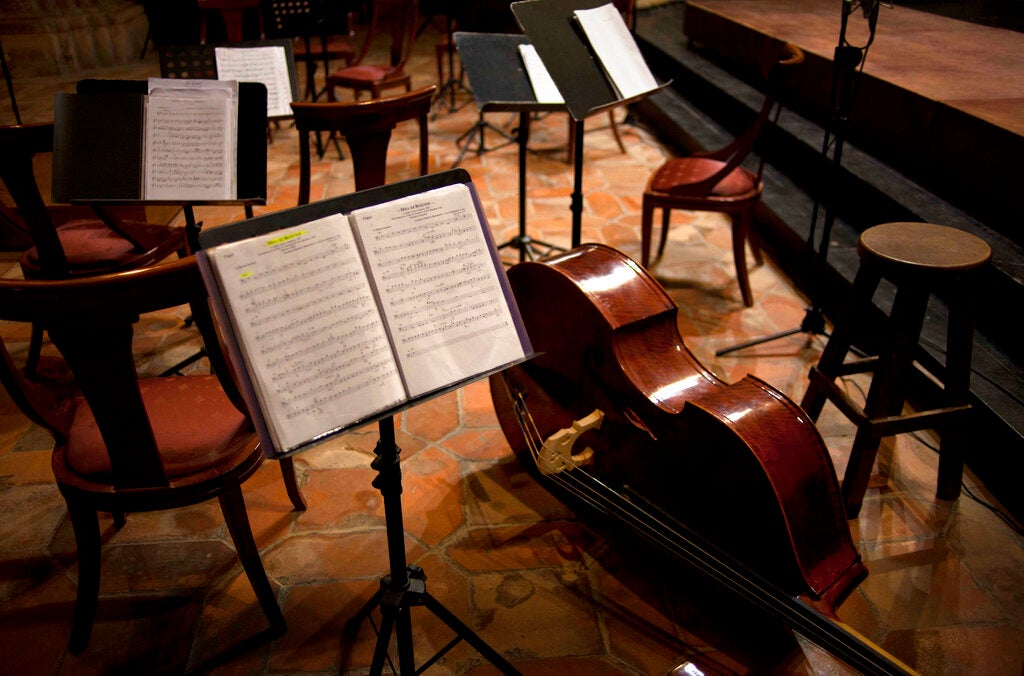At orchestra concerts today we take for granted the conductor directing the music with a baton. According to Louis Spohr things were done very differently in 1820 when he went to London to conduct a Philharmonic concert:
“In those days it was customary there that when symphonies and overtures were performed, the pianist had the score in front of him, not to conduct from it so much as to play with the orchestra as he saw fit, which sounded awful. The actual conductor was the first violinist, who gave the tempi — and every so often, when the orchestra began to waver — indicated the beat with his violin bow. An orchestra that big, spread out like the Philharmonic, couldn’t possibly play together no matter how good the individual players were.
“Fortunately, at the morning rehearsal on the day of the concert, Mr. Ferdinand Ries, the pianist, willingly handed over the score and agreed to sit out the performance. Then I took my music stand with the score to a separate music desk in front of the orchestra, drew my baton from my coat pocket and signaled the orchestra to begin.
“The novelty startled some of the orchestra directors but I talked them into giving it a try and they settled down. I knew the symphonies and overtures so well from conducting them in Germany that I could give the tempi very emphatically, plus indicate all the entrances for the winds and horns, which gave them a confidence they had never known And when the execution didn’t quite suit me I politely pointed out my criticisms, which Mr. Ries interpreted for the orchestra. This unusually close attention and the visual indication of the tempo caused them to play with a previously unknown accuracy and spirit.”
“The result in the evening was even more brilliant than I had hoped, and the triumph of the baton as a time-giver was decisive.”
— From the autobiography of Louis Spohr.
Stay informed on the latest news
Sign up for WPR’s email newsletter.
Wisconsin Public Radio, © Copyright 2024, Board of Regents of the University of Wisconsin System and Wisconsin Educational Communications Board.






